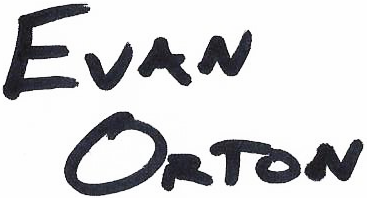Over the last month or so, I’ve been working on card designs, ideas, and mechanics for Food on Paper. Last week I had finally reached a state where I was ready to print out a bunch of the components. Over the weekend I was able to get Food on Paper to the table with some friends and my wife! This was very exciting for me as it was my first time ever conducting a playtest for a board game.
There was a lot to take in, and I received some great feedback. We didn’t actually finish the game, but I didn’t feel like we needed to - I have loads to process already. This is some of the common feedback I received:
The game starts too slow. It takes quite a few turns before anyone has enough ingredients or coins to feel like they’re making any sort of meaningful decisions.
Players end up with lots of ingredients that they can’t use. There are times where available ingredients just don’t match up with the ones needed for recipes, Player are then stuck with a bunch of dead cards in their hands.
Objectives feel cool, but take too long to reach. We played for quite a bit an we only completed a few objectives each. The idea was that you’d be able to get all 5 objectives out in maybe 30-45 min.
Kitchen upgrades felt hard to obtain. The benefits offered by the kitchen upgrades felt good, it was just hard to pay for one.
Overall, it just took to long to get moving. This seemed to be the general consensus. There’s potential, but it just takes too long to get moving.
There’s a lot here for me to digest, but I already feel like I’ve got a bunch of ideas flowing that could potentially address each of these issues! I’ll follow up on changes I make in the coming weeks.






















